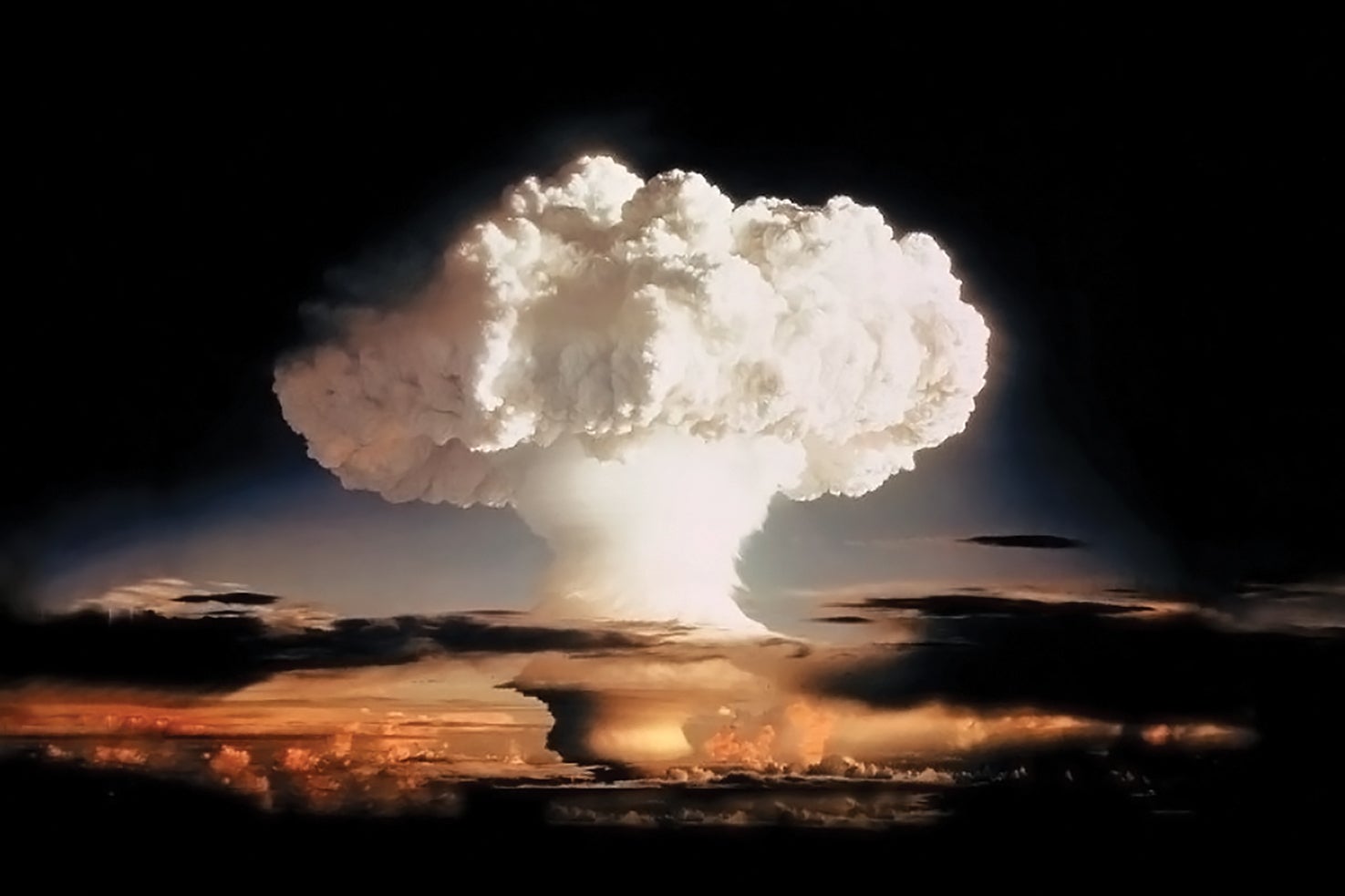The U.S. Army, the Nuclear Posture Review and Nuclear Deterrence: A European Historical Context
The U.S. Army, the Nuclear Posture Review and Nuclear Deterrence: A European Historical Context

In February 2019, the United States and Russia suspended their mutual adherence to the Intermediate-Range Nuclear Forces (INF) Treaty of 1987. Following a critical six-month interim, a formal abrogation of the treaty is possible if Washington and Moscow do not resolve the controversy surrounding the Novator 9M729 intermediate-range missiles (NATO designation SSC-8) that Russia has developed, tested and deployed. Notwithstanding Russian counter-charges that European-based U.S. missile-defense systems such as Aegis Ashore also violate the treaty, NATO has unanimously found Russia to be in long-standing violation. The political reaction to these events, on both sides of the Atlantic, brings into sharp focus the enduring fact of nuclear weapons’ centrality in any serious discussion of strategic deterrence, a discussion already heightened by the United States’ 2018 Nuclear Posture Review.
Often overlooked in this discussion is the vitally important role that the U.S. Army has played since 1949 as an integral element of American strategic deterrence in Europe. From the 1950s to 1991, this deterrence mission included the Army’s being equipped with a ground-based nuclear capability of truly devastating potential. That capability was maintained for the duration of the Cold War, even as the Army began a striking modernization of its conventional systems in the 1970s, particularly in the form of the M1 Abrams Main Battle Tank, the M2/M3 Bradley Infantry/Cavalry Fighting Vehicle and the AH-64 Apache helicopter. Though not now equipped with nuclear weapons, the Army remains the United States’—and therefore NATO’s—first line of (noncyber) defense in Europe. One need only note the current European Deterrence Initiative to see how important the Army remains to the defense of U.S. and NATO interests in Europe. For precisely this reason, but also considering the heated discussion surrounding U.S. nuclear modernization and the possible, final demise of the INF Treaty, it is useful to revisit the larger historical context of the U.S. Army and nuclear deterrence in Europe.

